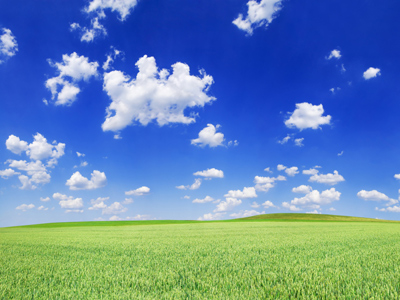
The Water Cycle
Discover the wonders of the water cycle with this engaging KS2 Science quiz! Learn about the cool processes like evaporation, condensation, precipitation, and surface runoff.
Did you know only 3% of Earth's water is fresh, and most is icy? Luckily, the small bit we drink and share with plants and animals is always recycled. Water turns into vapour from the sea (evaporation), forms clouds through condensation, and then falls as rain (precipitation). It travels downhill, joins rivers, and goes back to the sea, starting the cycle again!
What's another name for precipitation? Where does most water evaporation happen? Test your science skills with this Water Cycle quiz!
Boost Your Child's Confidence with QuizzesReady for more?
not all...
quizzers. Try to win a coveted spot on our Hall of Fame Page.







